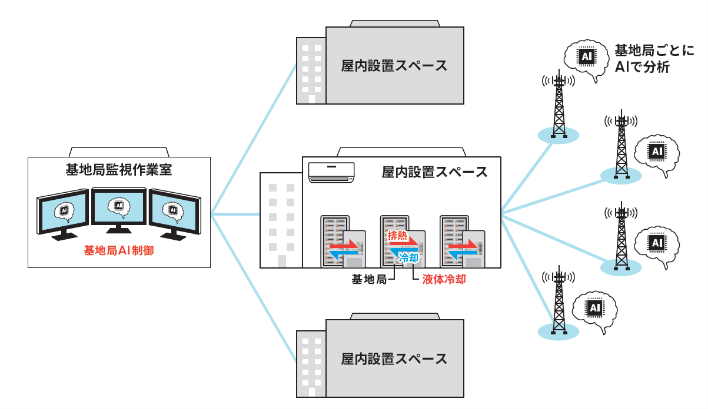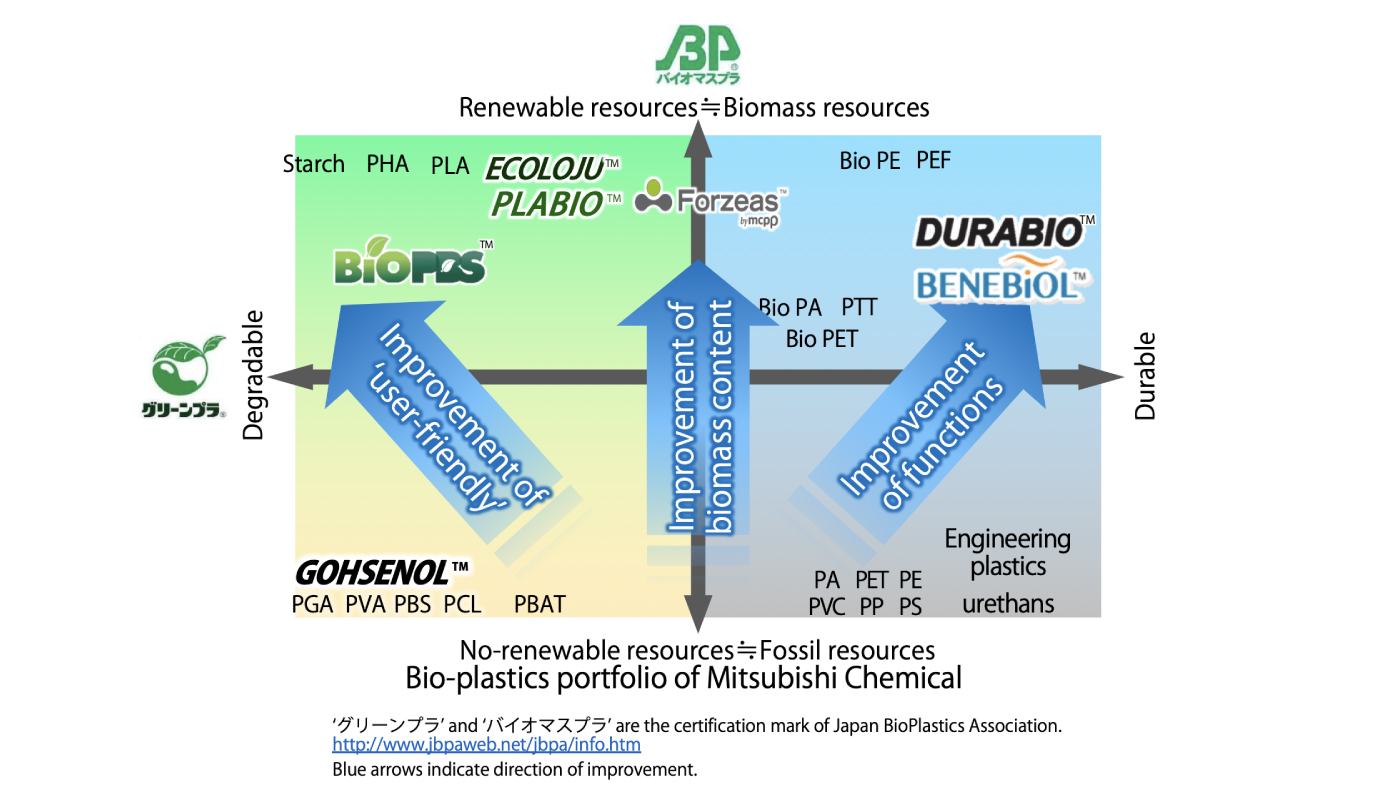"Zero-Carbon Challenge 2050"
EAST JAPAN RAILWAY COMPANY
Outline
- In May 2020, East Japan Railway Company set a long-term environmental goal, “Zero-Carbon Challenge 2050.” As the social responsibility of a railway company, which is consuming huge amount of energy for its business operations, we will try to achieve net zero CO2 emissions from our transportation business by 2050 [1]
- To be specific, we will introducing cutting-edge environmental technologies in every aspects of our energy network: “Creating”, “Delivering”, “Storing” and “Utilizing.” By implementing the innovation, we will tackle on the reduction of CO2 emissions.
⒧ ”Creating”………………
The further development of renewable energy power sources
The electricity generation fueled by carbon-free hydrogen
⑵ “Delivering & Storing”…
The storage and utilization of regenerative power deriving from trains in braking
The deployment of superconductive wires
⑶ ”Utilizing”………………
The introduction of energy-saving operation patterns
The technology innovation to develop advanced energy-saving rolling stock
The development of the technology for accumulator railcar trains and fuel cell railcars
⑷ ”Others”…………………
The introduction of CCUS
[1] Fiscal 2051(Year ending March 31, 2051); here in after referred to “2050”
Description
JR East’s challenge for “Net-Zero CO2 Emissions for 2050”
Railway is an environment-friendly mode of transportation from which CO2 emissions per transportation amount are relatively lower than other transportation other modes. On the other hand, due to the fact that we run around 12, 000 trains per day and about 17.9 million passengers take them every day, JR East would annually consume 5 billion KWh as the power sources for train operations, stations, and office buildings. The amount of our consumption is equivalent to power approximate 1.4 million average homes. Considering our business that costs vast amount of energy, we have to make all the effort to reduce CO2 emissions in the long term. Therefore, JR East set in May 2020 a long-term environmental goal, “Zero-Carbon Challenge 2050” and will challenge “Net-Zero CO2 Emissions” by 2050 in order to make the contribution to limiting the rise in the global average temperature within 2℃.
JR East not only procures the electricity we consume by buying from electric power companies but also generates in both thermal and hydroelectric power plants we own and renewable energy ones we developed with our subsidiary; we supply the electricity through our own power grid. By introducing cutting-edge environmental technologies in every aspects of our energy network shown above, we will proactively tackle the reduction of CO2 emissions. Additionally, we accelerate the innovation for the new technologies by collaborating with external entities such as energy suppliers, electric manufacturing firms and universities and laboratories.
In the following part, we will show some notable menus of our new challenge considered or researched in each aspect.
- Challenge of “Creating”
- Aligning with local communities, JR East will address more proactively new business projects of renewable energy and develop mega solar power plants and large-scale wind power generators, leading to the increase in the ratio which the renewable energy would account for in our energy creation. To complete these projects continuously, we will have difficulty in researching and identifying ideal areas, including the pre-consensus of the transmission of the renewable energy we will generate.
- We will try to supply decarbonizing power by introducing electricity generators fueled by carbon-free hydrogen in our own thermal power plant. According to METI’s roadmap, however, it might take further 10 years to commercialize hydrogen-only combustion after the technology is expected to be establish in 2030’s. Additionally, it is essential to produce carbon-free hydrogen massively and install the infrastructures such as pipelines for supply in order to realize the roadmap.
- Challenge of “Delivering & Storing”
- JR East will develop the effective way to utilize and store the regenerative power generated by trains when stopping. Although installing regenerative power storage systems in the substations for our local lines, we need to overcome several obstacles to deploying them further; it is necessary to minimize the device, maximize the capacity, and prolong the duration.
- We will deploy superconductive feeder in the power lines from electrical substations to wires to reduce dramatically the loss of electricity in delivering electricity. We need to overcome the following problems; the installment of freezers to maintain the superconductivity, the construction of relevant facilities along our railroad track, and the advance of cooling capacity enough to create energy-efficiency.
- Challenge of “Utilizing”
- JR East will develop the optimal driving patterns according to train lines that minimize the energy consumption when trains accelerate or break, introducing the individual patterns for each lines.
- We will tackle the technology innovation to manufacture advanced energy-saving rolling stock.
- We will try to invent the accumulator railcar train that can travel long distance and to commercialize fuel cell railcar using hydrogen in order to replace the rolling stocks for non-electrified sections. To complete the replacement, we have to clear several restrictions such as horsepower, travel distance, and maintenance cycle of railcars since the railroad condition varies line to line; some lines suffer from steep slope, another from heavy snow. To put fuel cell rail car in practical use, additionally, it is essential to establish the hydrogen supply chain network and utilize hydrogen as one of the major energy source universally in the society.
- We will propel community development incorporating cutting-edge environmental technologies and energy solutionsand practice several strategies.
- Others
- JR East will take measures towards carrying out carbon dioxide capture, storage and recycle. One major problem is to make the technologies practice such as the segregation and absorption of CO2; another is to seek and identify appropriate layers in the ground to store it.
We have taken advantage of several power sources: hydroelectric, thermal, solar, wind, and biogas power. Around 25% of the energy consumed during train operations were generated from renewable energy. Additionally, we have committed the reduction of CO2 emissions by replacing 98% of the rolling stock with energy-efficient railcars. As the global environmental problems such as climate change get serious, however, it is urgent that all of business entities including our company take further measures to handle these problems.
To solve various problems shown above and achieve the challenging goal we set, JR East will embark on the innovation beyond conventional perspectives. To realize the decarbonized society, we JR East group will challenge proactively.
Supplementary information
- JR East Press Releases “Zero-Carbon Challenge 2050”URL(Japanese only)
https://www.jreast.co.jp/press/2020/20200512_ho02.pdf - JR East Group Management Vision "Move UP" 2027
https://www.jreast.co.jp/e/investor/moveup/ - JR EAST Group Sustainability Report2019
https://www.jreast.co.jp/e/environment/
Similar Innovation Challenges
Accelarating the penetration of renewable energy resources with “Open Energy System”
Sony Group Corporation
Achieving net-zero carbon emissions from plant factories using full artificial lighting
Taikisha Ltd.
Advanced technology for buildings providing energy-saving and comfortable indoor environment (under Net Zero Energy condition)
Mitsubishi Electric Corporation
AI control reduces base station power consumption by up to 50%
KDDI CORPORATION
Balancing greenhouse gas emissions and absorption by using bioplastics
Mitsubishi Chemical Holdings Corporation







